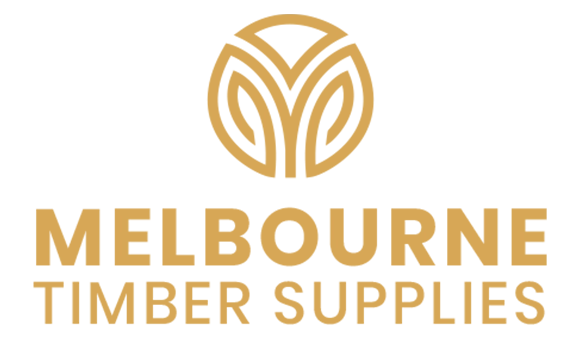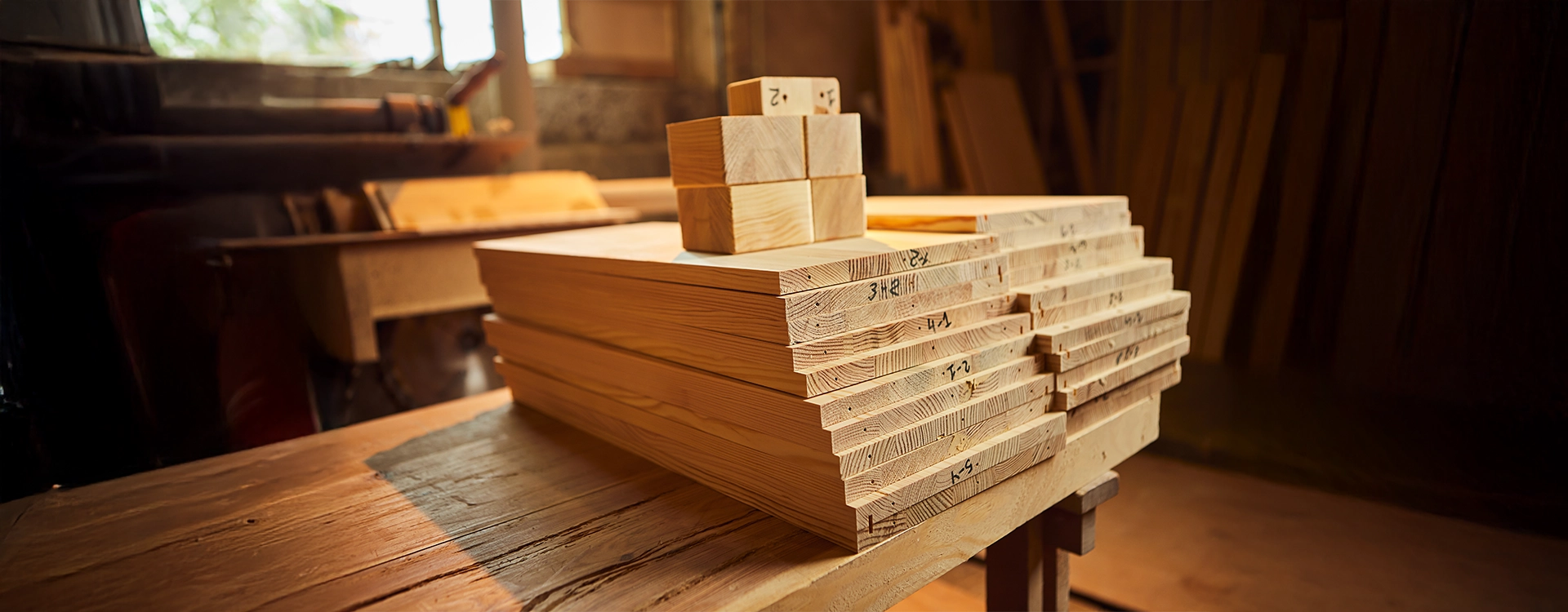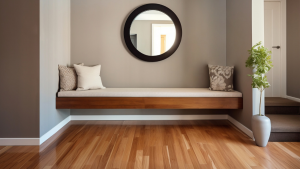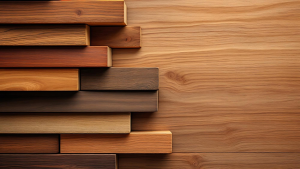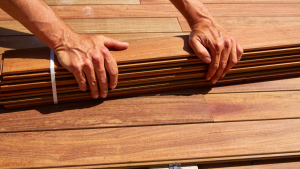Everything You Need to Know About Particle Board Flooring for Your Home
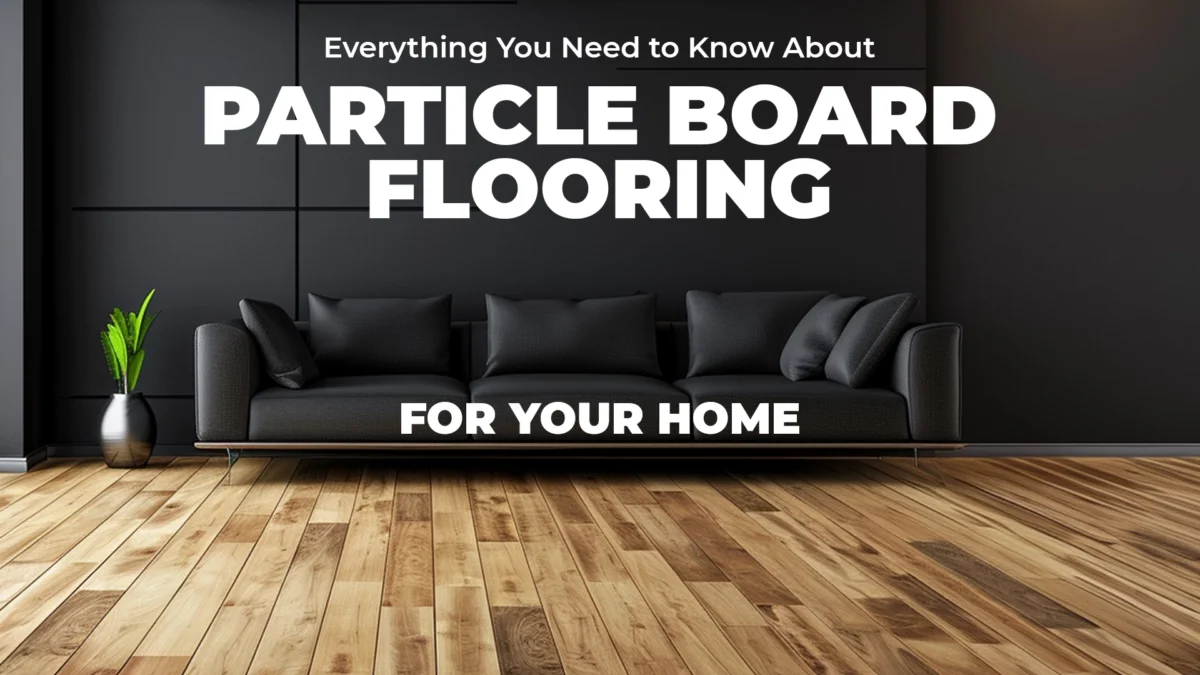
Many homeowners in Australia prefer particle board flooring because it is both cost-effective and adaptable. This guide explores the various types of particle board floors, their advantages, installation methods, and upkeep tips, providing all the details you need to make the right choice for your home.
What is Particle Board Flooring?
Particle board flooring is a type of engineered wood product made by compressing wood chips, shavings, and sawdust with adhesive to form sheets. It comes in several varieties, such as yellow tongue and red tongue flooring, each tailored for specific uses. These floor coverings are widely utilized in homes and commercial spaces due to their affordability and simple installation process.Types of Particle Board Flooring
There are two types of Particle Board FlooringYellow Tongue Flooring
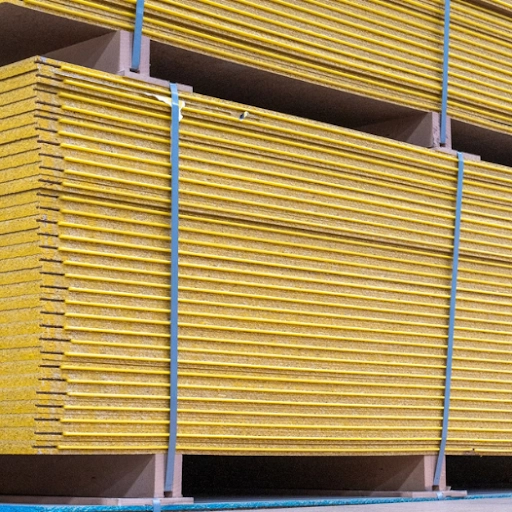 Yellow tongue flooring features a tongue and groove design, allowing for simple interlocking during installation. It’s typically used in dry spaces and is lightweight yet durable, making it perfect for DIY projects. Yellow tongue boards are ideal for areas that don’t experience high moisture, providing a cost-effective solution for living rooms, bedrooms, and hallways.
Yellow tongue flooring features a tongue and groove design, allowing for simple interlocking during installation. It’s typically used in dry spaces and is lightweight yet durable, making it perfect for DIY projects. Yellow tongue boards are ideal for areas that don’t experience high moisture, providing a cost-effective solution for living rooms, bedrooms, and hallways.
Red Tongue Flooring
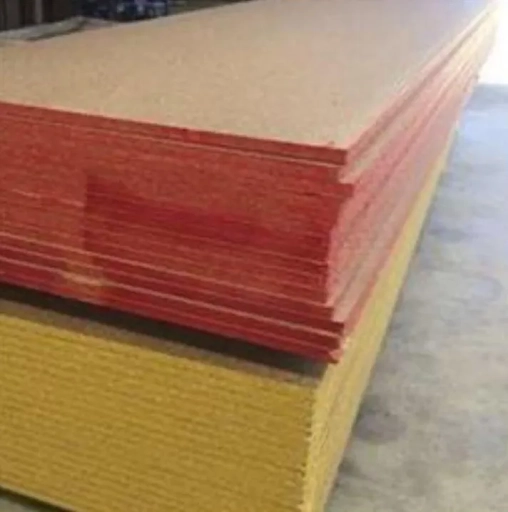 Red tongue flooring is recognized for its enhanced durability and moisture resistance, making it a favored option in spaces prone to damp conditions. Its toughness makes it well-suited for structural uses and is often installed in living rooms, kitchens, and bathrooms. With its robust design, red tongue flooring provides the strength needed for high-traffic areas, ensuring longevity and reliability.
Red tongue flooring is recognized for its enhanced durability and moisture resistance, making it a favored option in spaces prone to damp conditions. Its toughness makes it well-suited for structural uses and is often installed in living rooms, kitchens, and bathrooms. With its robust design, red tongue flooring provides the strength needed for high-traffic areas, ensuring longevity and reliability.
Advantages of Particle Board Flooring
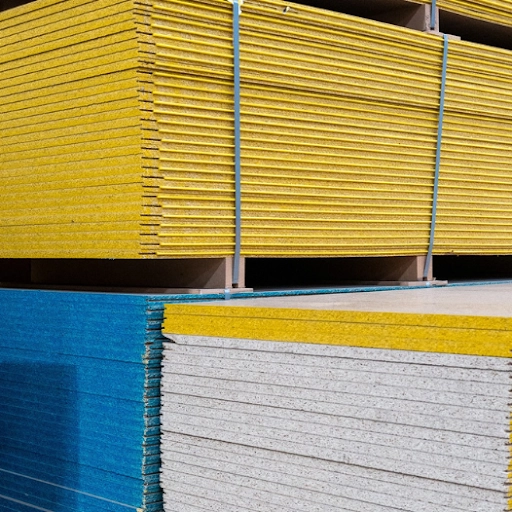 Outdoor furniture made from Victorian Ash wood can enhance the look of your garden or patio. Its durability makes it suitable for crafting benches, tables, and chairs that can withstand outdoor elements. Victorian Ash timber’s fine grain and smooth finish create a luxurious feel, making your outdoor seating area more inviting. For a cohesive look, consider using Victorian Ash floorboards for the surrounding decking area to match the furniture.
Outdoor furniture made from Victorian Ash wood can enhance the look of your garden or patio. Its durability makes it suitable for crafting benches, tables, and chairs that can withstand outdoor elements. Victorian Ash timber’s fine grain and smooth finish create a luxurious feel, making your outdoor seating area more inviting. For a cohesive look, consider using Victorian Ash floorboards for the surrounding decking area to match the furniture.
Cost-Effective:
Particle board is generally cheaper than solid timber or laminate, making it a great choice for budget-conscious homeowners.Versatile
Available in different sizes and types, including waterproof particle board, particle board flooring is suitable for many areas of the home.Easy Installation:
Many particle board sheets feature a tongue and groove system, simplifying the installation process, even for non-professionals.Eco-Friendly:
Made from recycled wood materials, particle board is a sustainable flooring option that reduces environmental waste.Sound Insulation:
The dense composition of particle board helps in sound absorption, creating a quieter home environment.How to Install Particle Board Flooring?
Here’s how to ensure a seamless installation experience:1. Prepare the Subfloor:
Ensure the subfloor is clean, dry, and level to avoid any issues with the final floor.2. Acclimate the Boards:
Let the particle board sheets sit in the room for 48 hours to adjust to the environment.3. Lay Out the Sheets:
Start from one corner and arrange the yellow tongue flooring in a staggered pattern for greater stability.4. Secure the Boards:
Attach the sheets securely to the subfloor using screws or nails, making sure the edges fit tightly.5. Finishing Touches:
After installation, trim any excess and apply baseboards for a polished look.Maintenance Tips for Particle Board Flooring.
To keep your particle board flooring in great condition:1. Regular Cleaning:
Sweep or vacuum regularly to remove dirt. Avoid using too much water when mopping.2. Seal for Protection:
Applying a sealant can improve the moisture resistance of waterproof particle boards.3. Inspect for Wear:
Periodically check for damage, especially in high-traffic areas, and address any issues quickly to prolong the floor’s lifespan.Conclusion
Choosing particle board flooring can be a practical and stylish decision, giving you a cost-effective and functional space. Whether you go for red tongue or yellow tongue flooring, understanding the benefits and proper installation techniques will help you make the best choice for your home.
For various flooring options and expert guidance, visit Melbourne Timber Supplies for your home improvement projects.
